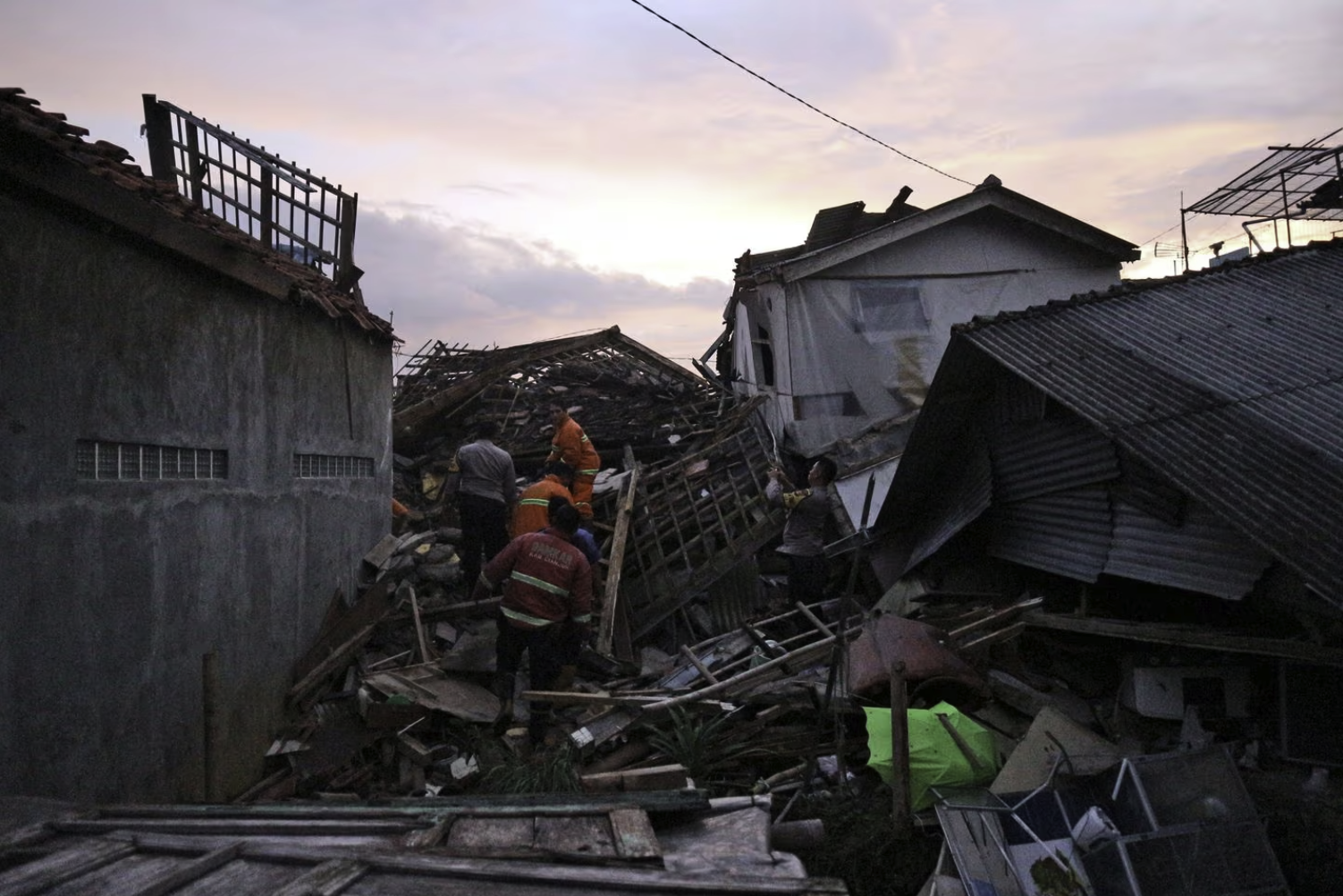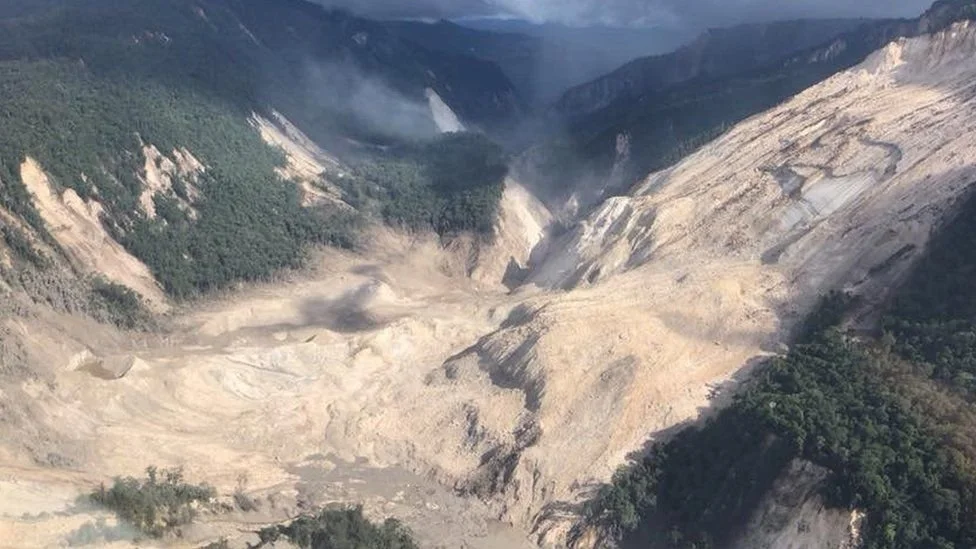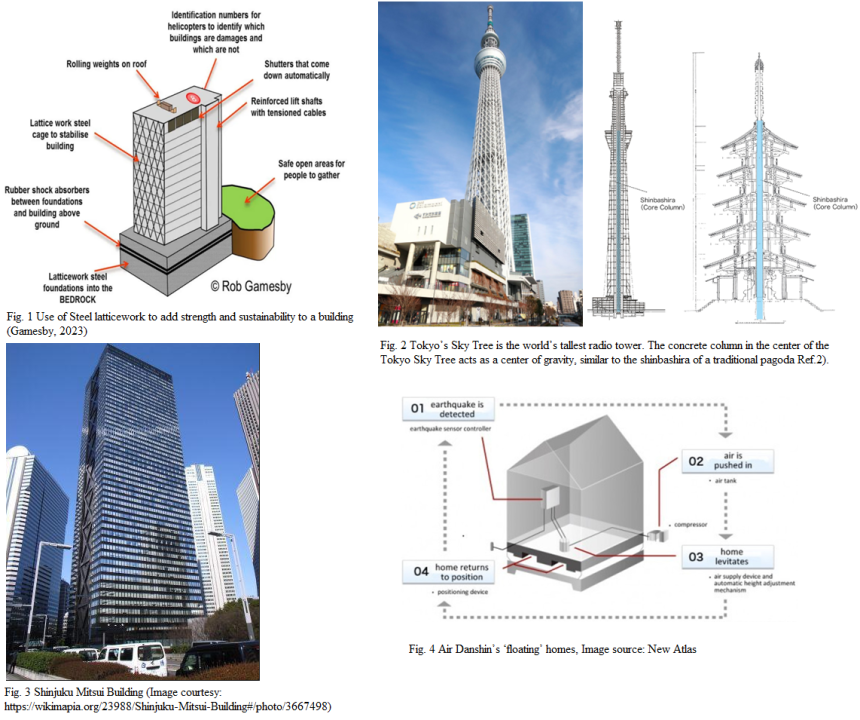Structural Integrity Compromised: How Underserved Infrastructure Due to Earthquakes Perpetuates Inequitable Living Conditions
Infrastructure is the backbone of a society. Unfortunately, that only demonstrates the deluge of problems that will arise when it is unceasingly demolished. Earthquakes are natural disasters that can level a city in a matter of minutes- a destructive and wrathful force of nature, and the only means of mitigating these calamities is with structural advancements modeled in the likeness of Japan. Though seeming a simple solution, when factoring in all aspects it becomes apparent that this idea is only conceivable for countries holding ample resources and the ability to create these modern edifices. For countries with developing infrastructures, the repercussions caused by earthquakes can be gross in their effect. Not only is there the threat of displacement and debris, but without proper disaster shelters infectious diseases, wound infection, chronic illnesses, healthcare disruption, and psychological trauma are also prominent ways earthquakes can be deadly aside from geological aspects.
Many underserved nations grapple with these problems frequently- to a bi monthly basis- as location determines the often occurrences of earthquakes, more specifically an area of danger encapsulates countries situated in the ring of fire. Due to tectonic plate shifts, these countries are exposed to near-constant disasters which heavily impede the advancement of healthcare and personal security. In underserved countries, this is a vicious cycle of perpetual catastrophe- with insufficient economic funding infrastructure suffers poor craftsmanship leading to continual wreckage and desolation. The key to safety in earthquakes lies in the concert society is built on, with its collapse comes an incursion of problems that worsen situations and cause lasting effects on communities.
From The Boston Globe, the devastation after the 2022 earthquake in Cianjur, West Java
Countries situated around or in the Ring of Fire are far more prone to geological disasters, numerous developing countries are in and around this region such as Papua New Guinea, Indonesia, Haiti, and Bangladesh. Papua New Guinea is directly located in the Ring so it experiences catastrophic disasters. “On 26 February 2018, a 7.5 magnitude earthquake struck Papua New Guinea (PNG), triggering landslides, killing and burying people and houses, affecting water sources and destroying crops. The PNG Government declared a state of emergency on 1 March”, this quote, taken from the World Health Organization, demonstrates the severity of this issue. For underserved countries experiencing earthquakes, agriculture, trade, infrastructure, and communications can be desecrated, leading citizens' lives to be shattered. This further halts the growth of countries and puts them in reliance on other resources. The continual disruption of development is harmful to the environment and people, with earthquakes comes disease, wounds, contaminated water, food loss, malnutrition, shelter loss, and other effects that make the strain on health care worsen. The influx of health issues pushes already inadequate healthcare systems into a frenzy for economically struggling nations experiencing these disasters.
From the BBC, effects of the 2018 Papua New Guinea earthquake
Without money, there is no way to rebuild. Like most anything, money is the key to disaster prevention and abatement. Though many international associations provide aid, it may not cover all and rarely fixes the underlying problem. If building regulations aren’t up to standard, usually results won’t differ and there will still be substantial damages, as seen in the 2023 Turkey - Syria Earthquake.
There is no way to remedy this problem, but other countries have found ways to avoid the worst of the repercussions. Countries like Chile use complex architecture to withstand earthquakes, backed by strict building codes. Chilean buildings built to withstand M9 earthquakes. Further, complex and thorough evacuation systems and teams are in place ready to take action. This ensures fewer deaths and injuries, preventing excess damage. Nevertheless, Chile did not do this unwarranted. After experiencing horrific disasters in the past, the nation decided to construct all new buildings with a harsh building code in mind that assures earthquake-proofing. There are security alert systems placed everywhere from sirens to phones, this system can be creditors to the low death rates in the terrible 8.4 earthquake of September 16, 2015, 13 people died in comparison to the previous hundreds.
In Japan, nearly all schools, houses, and buildings are built to withstand earthquakes due to their frequency. In addition all cell phones have warnings for earthquakes, seismometers are placed along roads to measure tectonic activity, earthquake drills are done routinely, and special forces are issued specifically for the rescue and protection of citizens.
Japan is a giant in the disaster-proofing frontier, its innovative technology a hope for many in its security. These solutions require proper funding and research that many underserved countries don’t have, so a grant to construct safety shelters would be beneficial. Instead of spending hundreds of millions from countries and collectives globally, creating strong, sustainable, structurally stable earthquake shelters in economically challenged nations would be metamorphic.
Visuals of Japan’s earthquake proof buildings
This is the same idea that is shown in the underserved parts of Louisiana. With continual flooding, housing owners are forced to rebuild their ailing property- paying higher insurance while being stuck in a worsening situation. Without proper infrastructure there is no feasible possibility of a nation withstanding a severe earthquake, the severity of this crisis must be highlighted. It is a perpetual cycle which must be broken.


